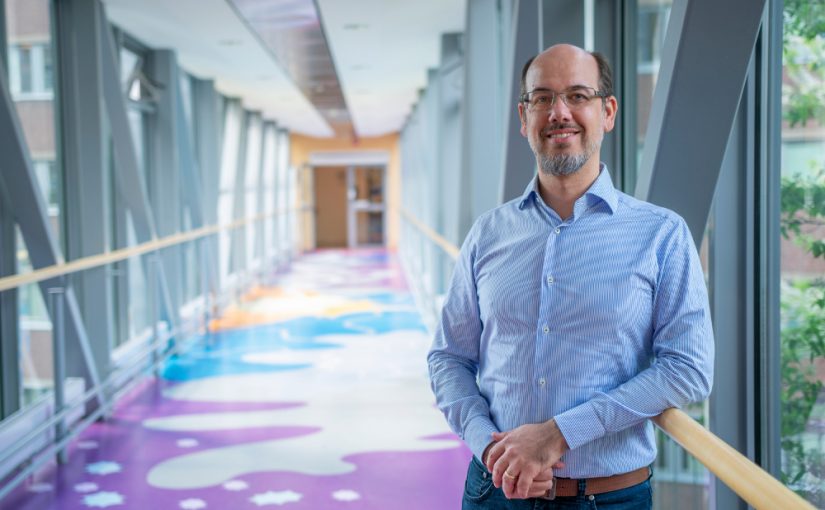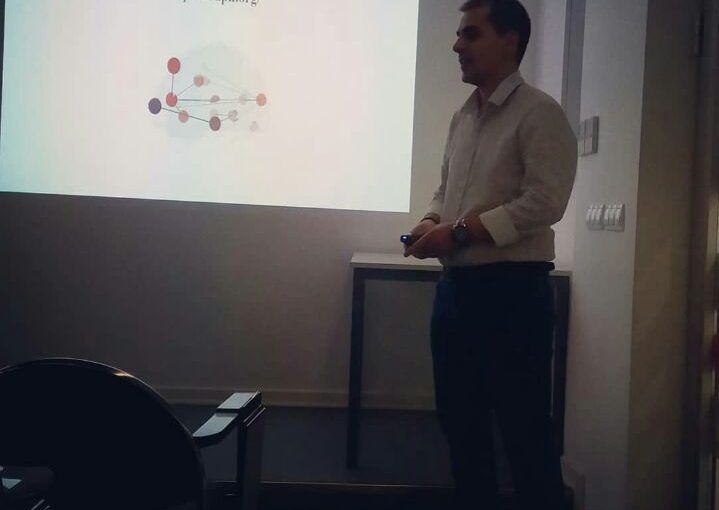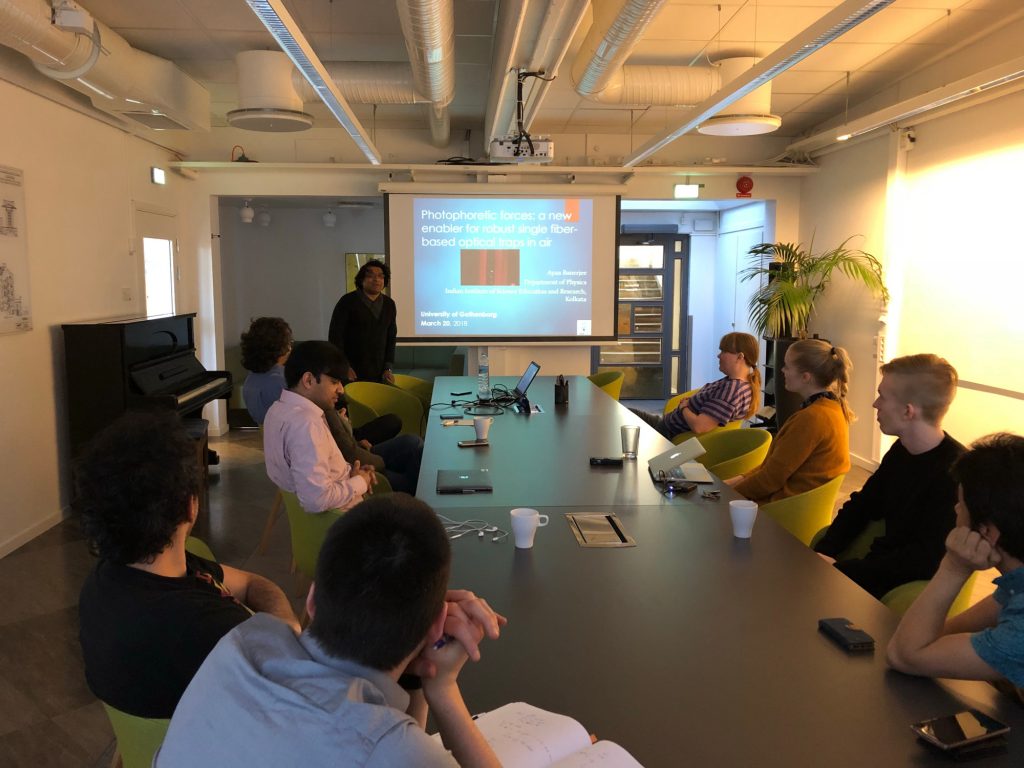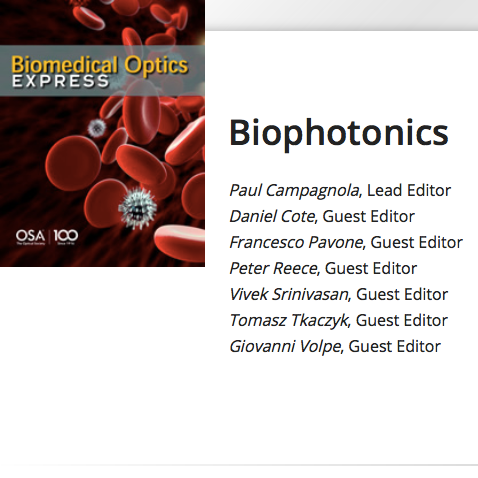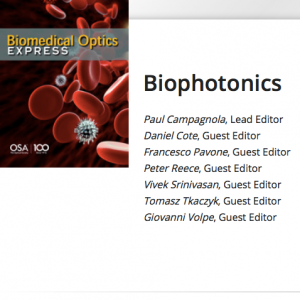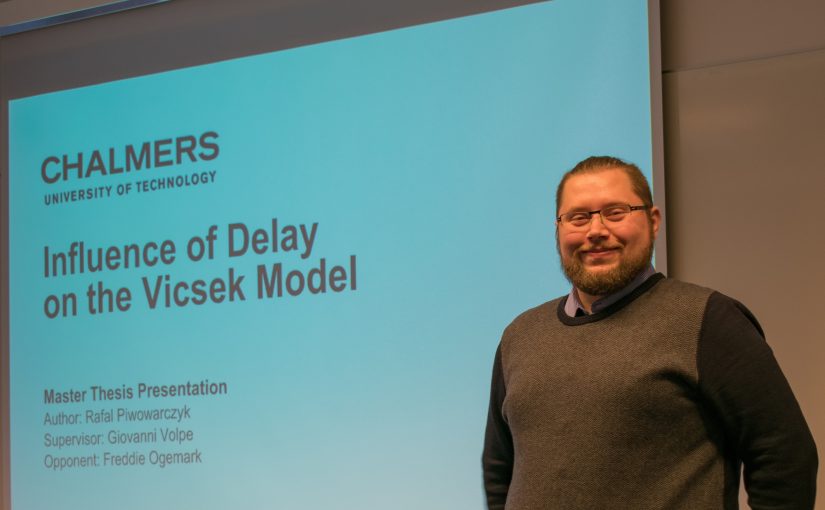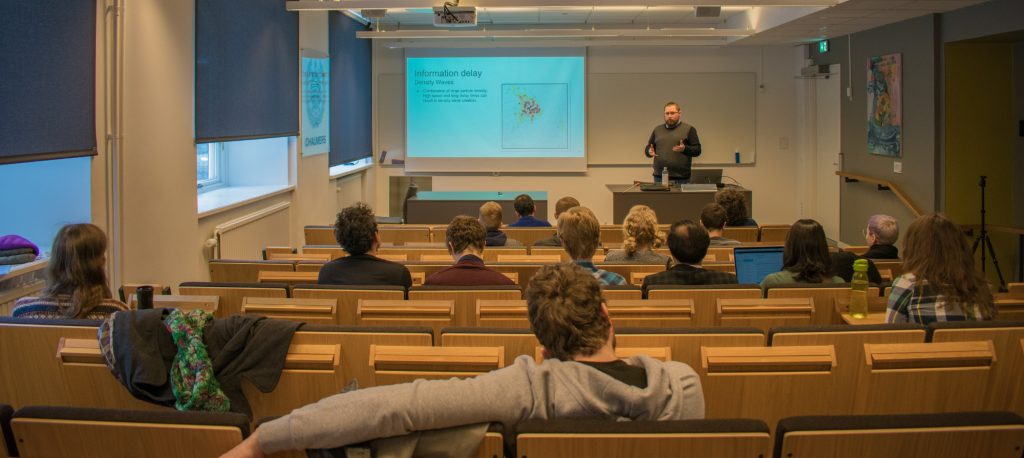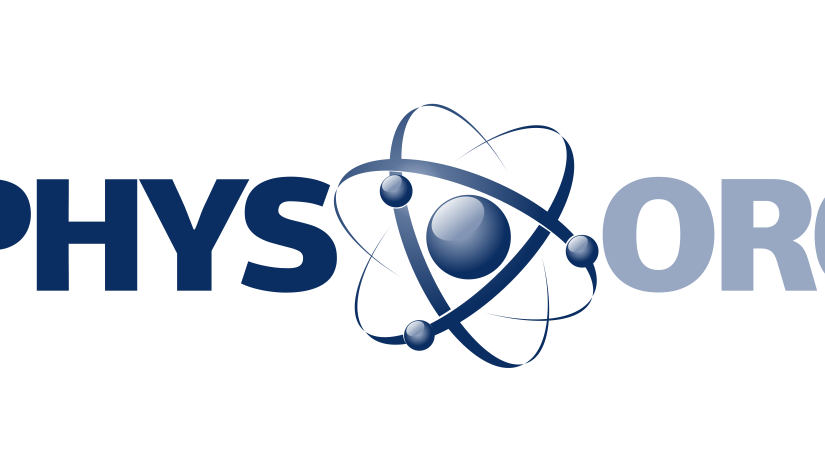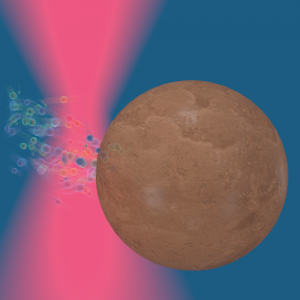Mite Mijalkov defended his PhD Thesis on 24 April 2018 in the Physics Department seminar room (SA240).
Assoc. Prof. Hande Toffoli (Middle-East Technical University), Prof. Tayfun Ozcelik (Bilkent University), Assoc. Prof. Alpan Bek (Middle-East Technical University), Assist. Prof. Seymur Cahangirov (Bilkent Unievrsity) and Assist. Prof. Giovanni Volpe (Bilkent University) will be the thesis committee members.
Thesis title: Graph Theory Study of Complex Networks in the Brain
Thesis abstract: The brain is a large-scale, intricate web of neurons, known as the connectome. By representing the brain as a network i.e. a set of nodes connected by edges, one can study its organization by using concepts from graph theory to evaluate various measures. We have developed BRAPH – BRain Analysis using graPHtheory, a MatLab, object-oriented freeware that facilitates the connectivity analysis of brain networks. BRAPH provides user-friendly interfaces that guide the user through the various steps of the connectivity analysis, such as, calculating adjacency matrices, evaluating global and local measures, performing group comparisons by non-parametric permutations and assessing the communities in a network. Furthermore, using graph theory, we showed that structural MRI undirected networks of stable MCI (sMCI) subjects, late MCI converters (lMCIc), early MCI converters (eMCIc), and AD patients show abnormal organization. This is indicated, at global level, by decreases in clustering and transitivity accompanied by increases in path length and modularity and, at nodal level, by changes in nodal clustering and closeness centrality in patient groups when compared to controls. In samples that do not exhibit differences in the undirected analysis, we propose the usage of directed networks to assess any topological changes due to a neurodegenerative disease. We demonstrate that such changes can be identified in Alzheimer’s and Parkinson’s patients by using directed networks built by delayed correlation coefficients. Finally, we put forward a method that improves the reconstruction of the brain connectome by utilizing the delays in the dynamic behavior of the neurons. We show that this delayed correlationmethod correctly identifies 70% to 80% of the real connections in simulated networks and performs well in the identification of their global and nodal properties.
Name of the PhD programme: Material Science and Nanotechnology Graduate Program
Thesis Advisor Giovanni Volpe, Department of Physics, Bilkent University
Place: Physics Department seminar room (SA240), Bilkent University
Time: 24 April, 2018, 11:00
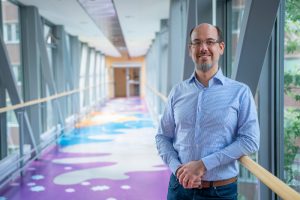 Antonio Alvaro Ranha Neves is a Visiting Professor from the Federal University of ABC in Brazil. His visiting position is financed through a FAPESP-ERC grant. He will visit us for 4 months from May 12, 2018, to September 12, 2018.
Antonio Alvaro Ranha Neves is a Visiting Professor from the Federal University of ABC in Brazil. His visiting position is financed through a FAPESP-ERC grant. He will visit us for 4 months from May 12, 2018, to September 12, 2018.